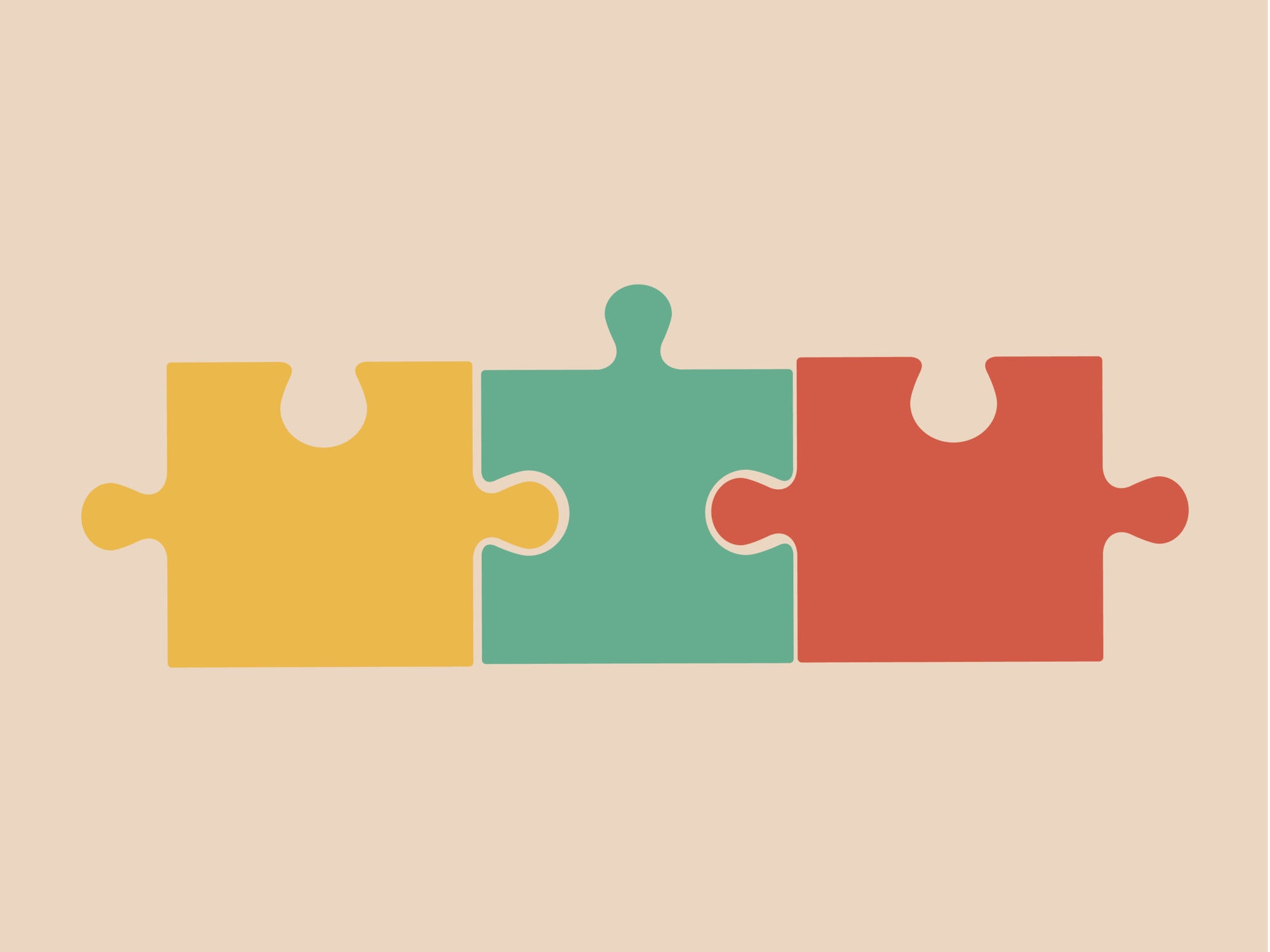
Talking about our differences helps us to acknowledge the diversity in our workplaces, and is therefore vital for building an inclusive organization. We can only be inclusive when we recognize our diversity.
At the third of five webinars, collectively called “Leading for Equity and Inclusion”, nearly 50 CGIAR senior managers looked at ways to talk about difference and to overcome any barriers that might stand in the way of dialogue.
Some people may be uncomfortable with talking about difference, for example. They might find such discussions invasive or uncomfortable. They might not understand how such discussions are relevant to the workplace. CGIAR leaders have a vital role to play in facilitating those discussions, either spontaneously or through more structured discussions. But the benefits require leaders to work through the challenges.
“What we see from Catalyst and other research is that communicating across difference about our identity helps people feel connected to each other, and it gives us permission to be who we are,” says Caroline Pickard, the trainer from Catalyst, a global non-profit.
“And that really does support team work and collaboration,” she said.
The workshop, Inclusive communication, which took place on Tuesday, April 6, looked at the five steps for inclusive communication: Inquire across difference, listen and acknowledge, suspend judgement, demonstrate courage, and self-disclose.
Inclusive leaders are able to dialogue cross difference and to help individuals in their teams to feel they can be authentic. Conversations about difference can be spontaneous or they can be more structured, Caroline said.
OVERCOMING THE ROADBLOCKS
Conversational roadblocks can sometimes block such dialogue, however. Assumptions, attitudes, and life experiences can all stifle our ability to discuss our differences. Often they can have underlying motivations, such as fear, resistance, or even emotional fatigue.
These roadblocks tend to fall into one of three themes. The first is to deny that any problem exists: “Gender differences don’t matter, we view men and women equally”, for example, or “We don’t see color, only people”. The second is to deny the benefits of talking: “Talking about our differences will only divide us further”. And the third is to fear the negative consequences of talking: “I will say something inappropriate or – worse – be seen as sexist or racist.”
These roadblocks are common, Caroline said, and participants went on to discuss the difference between dialogue and debate, as well as the need to suspend judgement.
“Communication is one of those ingredients that can really create a nourishing environment in which we can blossom, grow, and really work together,” Caroline said.
Earlier webinars looked at other aspects of leading for equity and inclusion. The first webinar looked at the benefits of inclusion and the six traits of inclusive leadership. The second webinar then looked more closely at unconscious bias.
